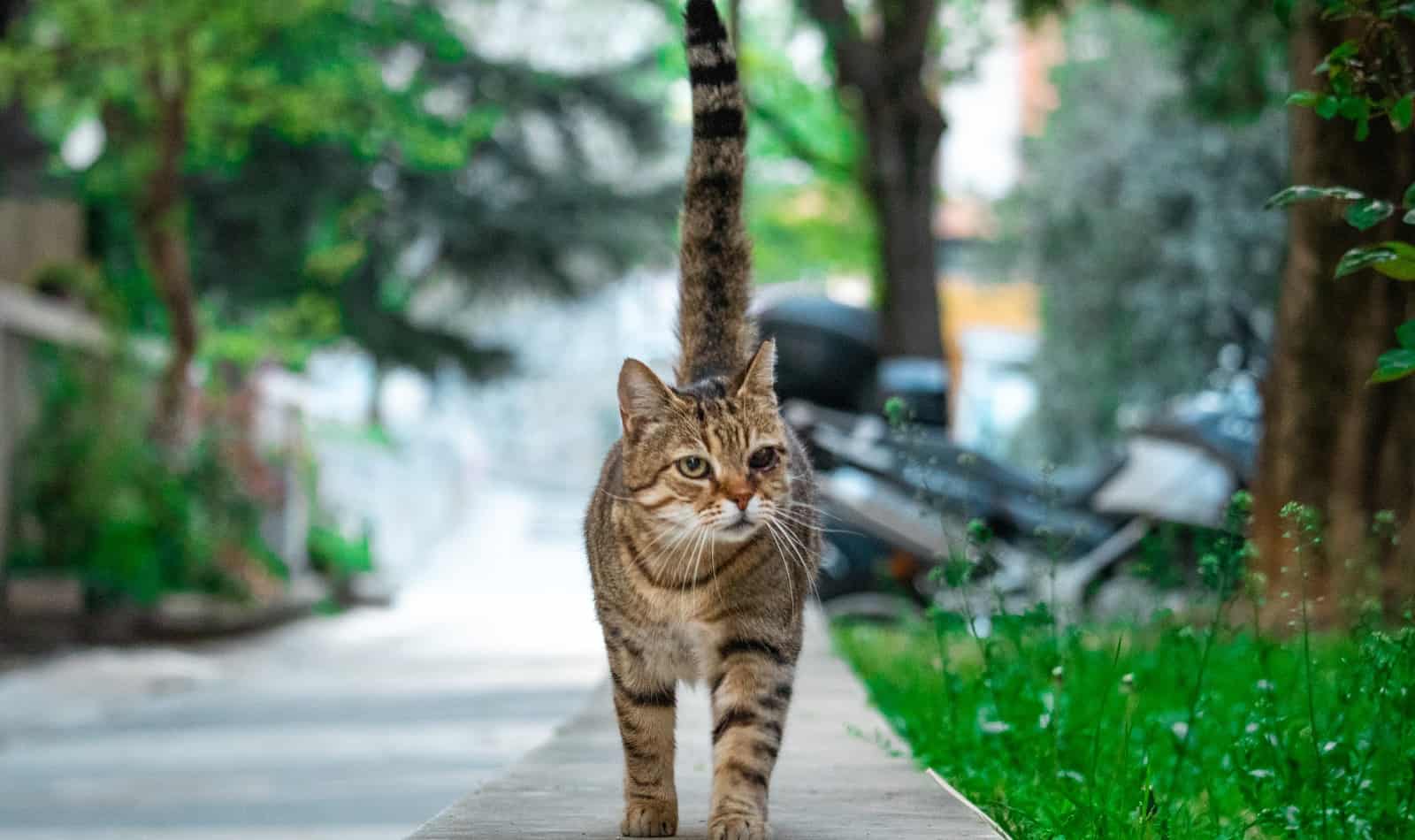
10 Cat breeds with Thick Tails Cats Tails 101
A high tail thats straight up with all the hairs sticking up, however, is a frightened cat. This tail movement is an involuntary response to being startled, and usually accompanied by other.

The Cat In The Hat Tales About Tails TV DVD Scanned Covers The Cat In The Hat Tales About
The cat o' nine tails, commonly shortened to the cat, is a type of multi-tailed whip or flail.It originated as an implement for physical punishment, notably in the Royal Navy and British Army, and as a judicial punishment in Britain and some other countries.. Nineteenth-century cat o' nine tails, 97 centimetres (38 + 1 ⁄ 4 in) long, composed of nine lengths (approximately 46 centimetres or.

Cat Breeds Known For Their Fluffy Tails Universty of Cats
The cat's tail that Webb spotted is just one of a few new structures that astronomers have found themselves intrigued by. A new composition created by the research team showcases the cat's.

Why Do Cats Wag Their Tails A Guide To Cat Tail Language
As a cat parent, you may have seen your feline rubbing its tail against your legs when asking for food. Some cats even stick their tails in their owners' faces to get attention or sleep with.
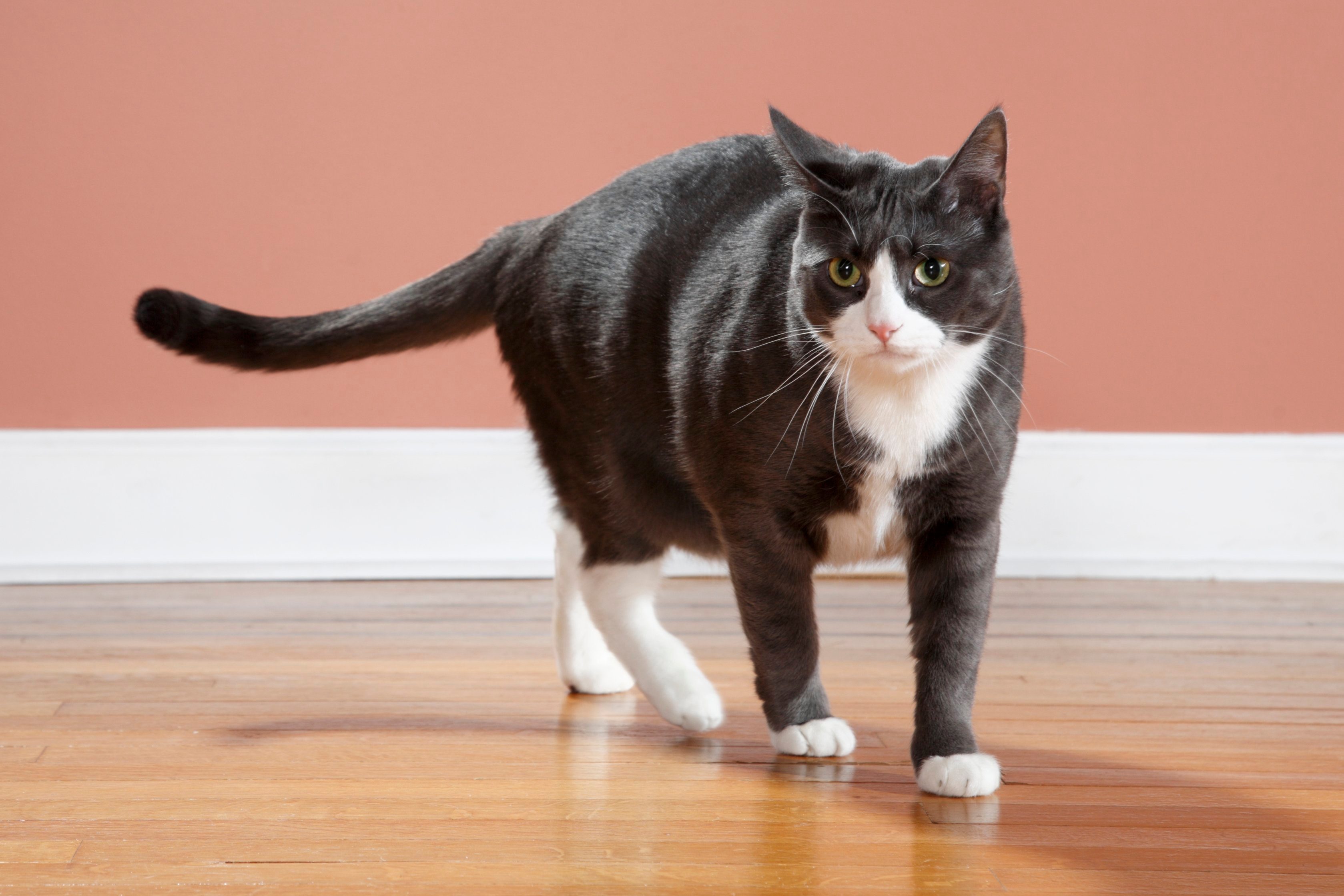
Secrets Your Cat’s Tail Is Trying to Tell You Reader's Digest Canada
Egyptian Mau. Havana Brown. Tonkinese. 2. Full & Fluffy. Image Credit: marnhe-du-plooy, Unsplash. There's nothing quite like a cat with a big bushy tail full of fluff. Some of the most popular.

el blog sonamy el bello instante del amor
The Cat O'Nine Tails is a solidly entertaining Argento outing elevated by a well-chosen cast and the director's distinctive visual style. Read critic reviews. You might also like

Secrets Your Cat's Tail Is Trying to Tell You Reader's Digest
Cats use their tails as a primary mode of communication with other cats. The tail movements, along with other body language like ear position and vocalizations, convey various messages and signals. For example, an upright tail position might indicate a friendly greeting, while a swishing tail might indicate a warning.
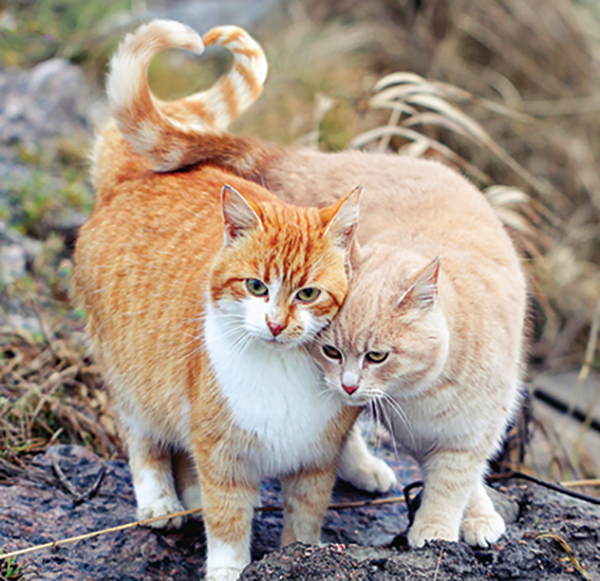
Learn to Read Your Cat’s Tail Catwatch Newsletter
Cat tails are a fascinating and fundamental aspect of feline communication. Understanding their movements and behavior can help build a stronger bond and provide cat owners with more profound insights into the world of felines. Mastering the art of cat tail interpretation is a skill that every feline lover should have in their arsenal.
.jpg#keepProtocol)
5 Common Cat Tail Injuries and How to Spot Them
The 10 Fascinating Facts About Your Cat's Tail. 1. Your Cat's Tails Is Full of Bones. Cats' bodies contain around 230 bones, about 10% of which are in their tails. Most cat tails have about 20 individual vertebrae, each enclosed by muscles that permit cats to move them with exquisite precision.
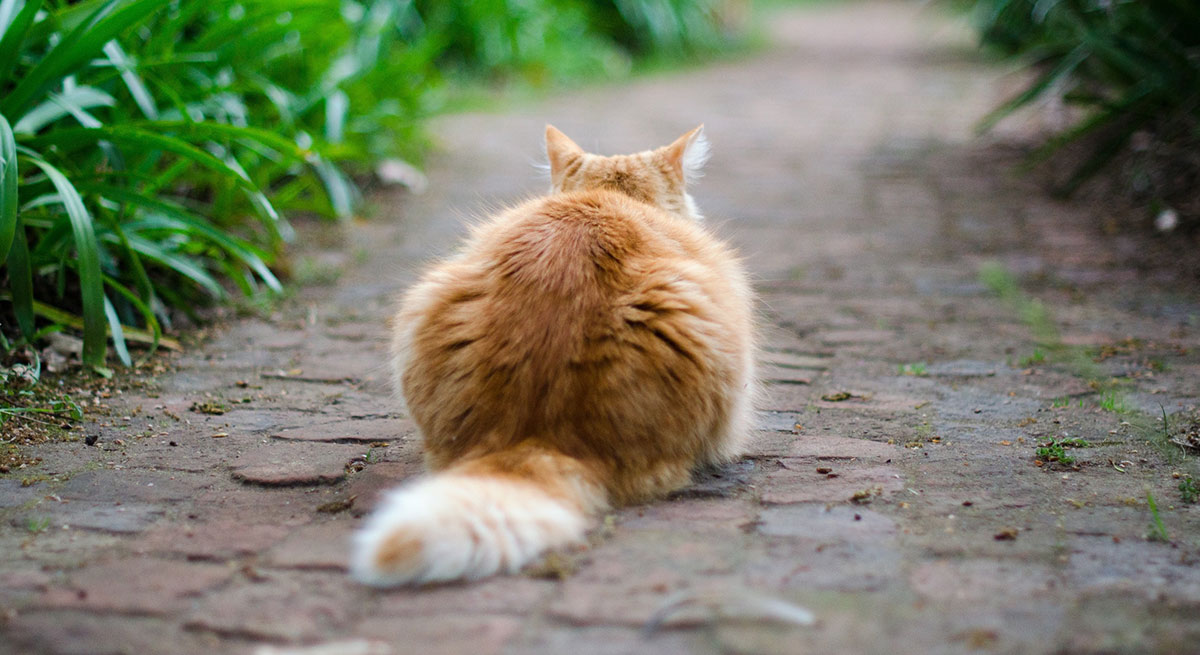
Why Do Cats Wag Their Tails A Guide To Cat Tail Language
The Manx cat hails from the Isle of Man in the UK, and it's beloved by many cat lovers across the globe. Manx cats are tailless, but there are four distinct variations when it comes to Manx cat tails. VCA Hospitals shares that: Tail types range from rumpy (no standing vertebrae) to rumpy riser (short, visible tail) (short bump), stumpy (short tail), longy (normal length tail with blunt end.

Cat Tails
A cat's tail has plenty of small bones, called caudal vertebrae. These bones gradually decrease in size toward the tip and help the tail remain flexible. This enables the cat to balance better and communicate with their human owners and other animals. Cats' tails are sensitive and easy to damage, and pulling on them can lead to a serious.

Tails Official Art Tails Chat
The number of bones in a cat's tail can differ from breed to breed, but there are usually around 18-23 vertebrae in a cat's tail, which makes up about 10% of all the bones in their body. All cats with tails will have the largest bones at the base of the tail and the smallest bones at the tip, where the tail is the thinnest.

Cat Breeds Known For Their Fluffy Tails Universty of Cats
5 facts about cat tails. (Image credit: Getty Images) 1. A cat tail contains vertebrae. Like your cat's spine, its tail contains vertebrae - between 19 and 23 of them - and it accounts for 10 per cent of the bones in your kitty's body. And while your cat's tail is connected to the spine, it's not actually part of it. 2.

I never drew Tails before so here he is. (Art by demx) (Tails sonic sonicthehedgehog cute
Alleyne explains: "Moving the tail like this often means a cat is agitated or excited about something.". If your cat is agitated they may go into attack mode and you'll probably want to back off, but a whipping tail may also be an invitation to play, depending on the context. 7. If a cat's tail is swishing.

Tail of this Siberian Cat. pics
1. Cat Tails Contain Nerves. An injury to your cat's tail can result in permanent damage. The tail is home to many nerves which affect how your cat controls urinating and defecating. Nerve damage can also be caused by pulling on a cat's tail. This type of damage can heal over time, but it can also end up being permanent.
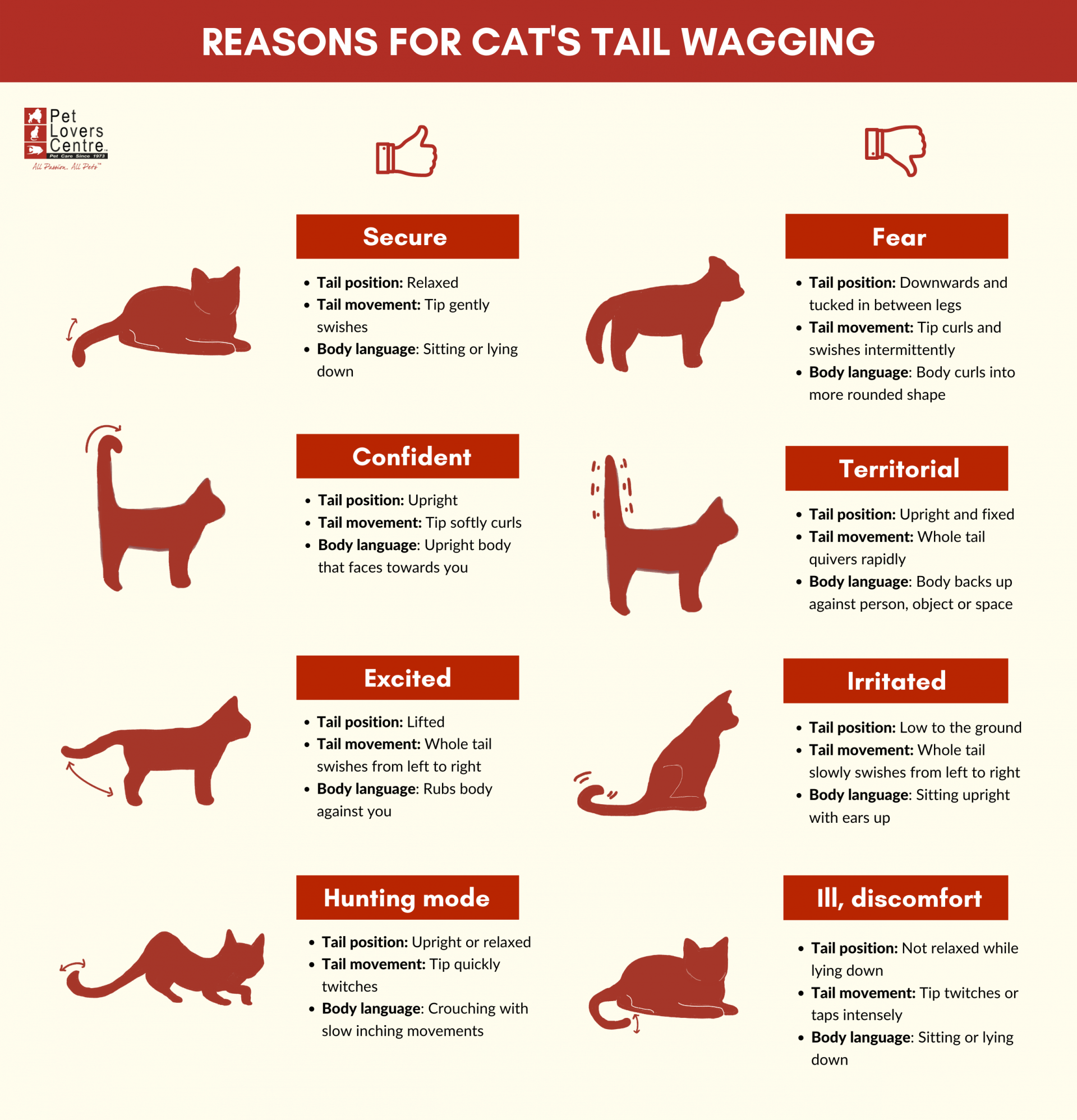
Why Do Cats Wag Their Tails 8 Reasons & How To Understand
Read on to learn all about cat tails. A Little About Cat Tails. Cat tails are amazing things! Did you know that a cat's tail is an extension of the spine? The spine is divided into four groups of vertebrae or small bones—cervical, thoracic, lumbar, and caudal. A cat's tail contains the caudal vertebrae—typically 18 to 23 of them!